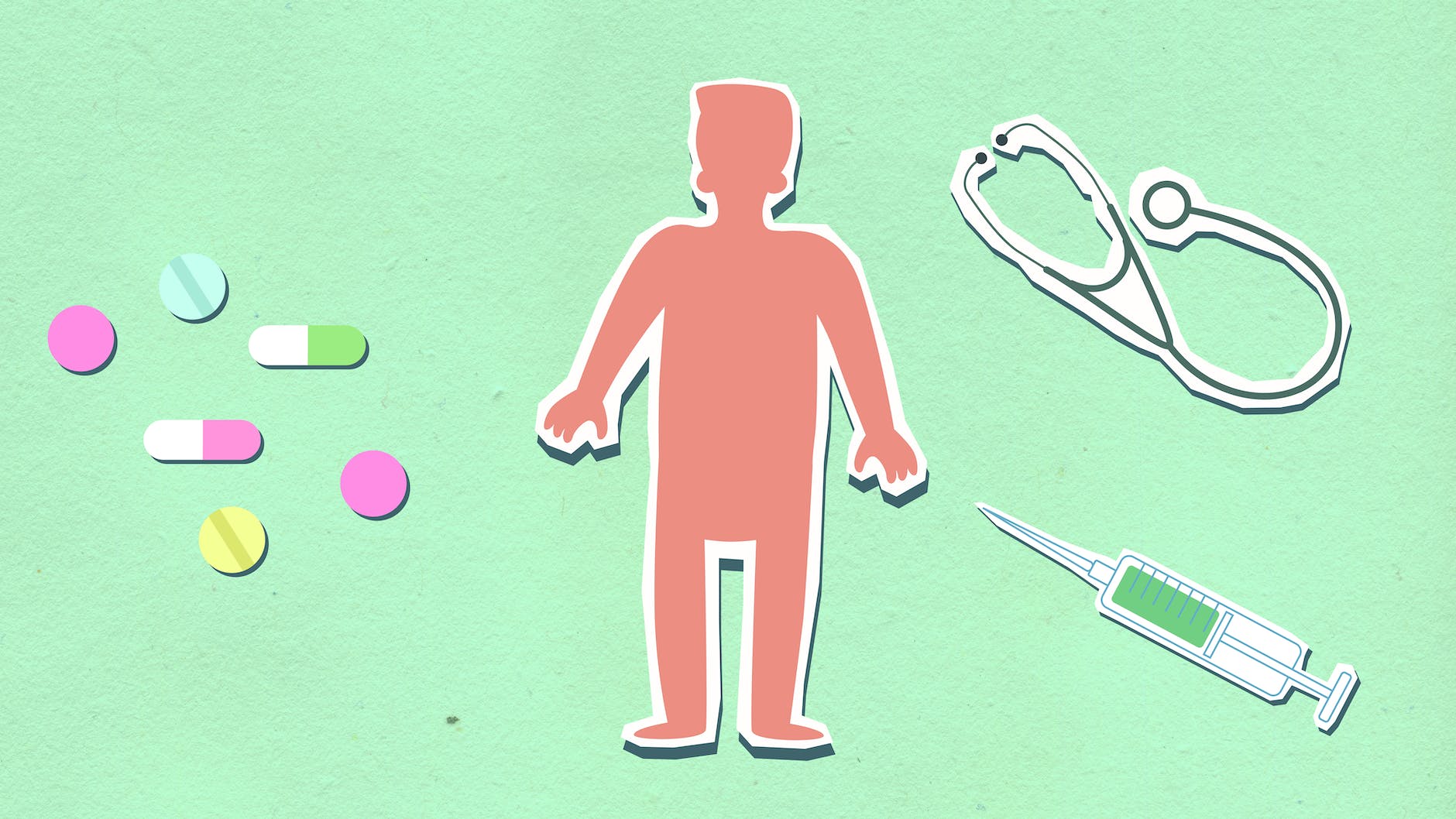Psychedelic art, known for its surreal, dreamlike, and often complex imagery, holds a unique place in the creative realm. Both creating and viewing this form of art goes beyond simply providing visual pleasure. It is believed to hold profound therapeutic potential, contributing to mental well-being and enabling transformative experiences.
Psychedelic art emerged in the 1960s and has since come a long way, expanding its reach to various forms and mediums. The use of vibrant colors, intricate designs, and patterns often inspired by plant life, space, dreams, and religious iconography characterizes this dynamic form of art.
Art is widely recognized as a tool for therapy and healing, and the potential of psychedelic art shouldn’t be overlooked. Some therapists use psychedelic art as a form of therapy to aid clients in emotional exploration and self-expression. This novel approach combines established art therapy techniques with the stimulating, evocative qualities of psychedelic-inspired creativity.
Numerous studies explore the therapeutic potential of art. A meta-analysis published in the Journal of the American Art Therapy Association found that art therapy can significantly decrease symptoms of trauma and improve overall mental health. This finding opens the door for the therapeutic use of different art types, including psychedelic art.
It might not be widely known, but psychedelic art can offer healing benefits by enabling individuals to express their thoughts, fears, and feelings that they might otherwise find difficult to articulate verbally. Rendering these emotions into visual representations can provide a sense of relief and facilitate a deeper understanding of one’s self. Well-established in the practice of art therapy, this process proves beneficial in promoting mental well-being and healing psychological wounds.
In this area, the vibrant and surreal nature of psychedelic art can also be advantageous. The sheer act of creation, combined with the vividness and intricacy of the visual outcomes, can bring about mindfulness – a present-focused state that is closely associated with psychological health. The rich and detailed imagery can promote immersion in the act, helping individuals temporarily sidelining their worries and negative rumination. This connection between mindfulness and art holds particularly true for psychedelic art, potentially amplifying its therapeutic impact.
Creating psychedelic art itself can be seen as a transformative experience. It encourages exploration into the depths of human imagination, pushing the boundaries between the conscious and the unconscious, reality and illusion. Such exploration fosters growth, making the artist more open to new perspectives and ways of understanding themselves and the world around them.
Psychedelic art doesn’t merely generate pretty pictures. It is a conduit for increased self-awareness, emotional exploration, and mental healing, offering an unconventional yet effective therapeutic approach. This potential remains largely untapped, requiring more research and exploration in the field of psychotherapy.
More mental health professionals need to explore and leverage the therapeutic potential of psychedelic art. Their effective integration into current therapeutic settings demands more comprehensive studies on the matter. We must pave the way for a deeper understanding of the connections between art, mind, and healing.
Psychedelic art therapy suggests the potential for a whole new realm of self-expression, poised to transform and heal people’s lives. The groundbreaking therapeutic potential of psychedelic art shines a light on how art can be utilized for healing the human mind, fueling creativity while fostering positivity and emotional health. It symbolizes the confluence of therapy, mindfulness, and emotional exploration, presenting a vibrant tableau of mental well-being and transformative experiences.







